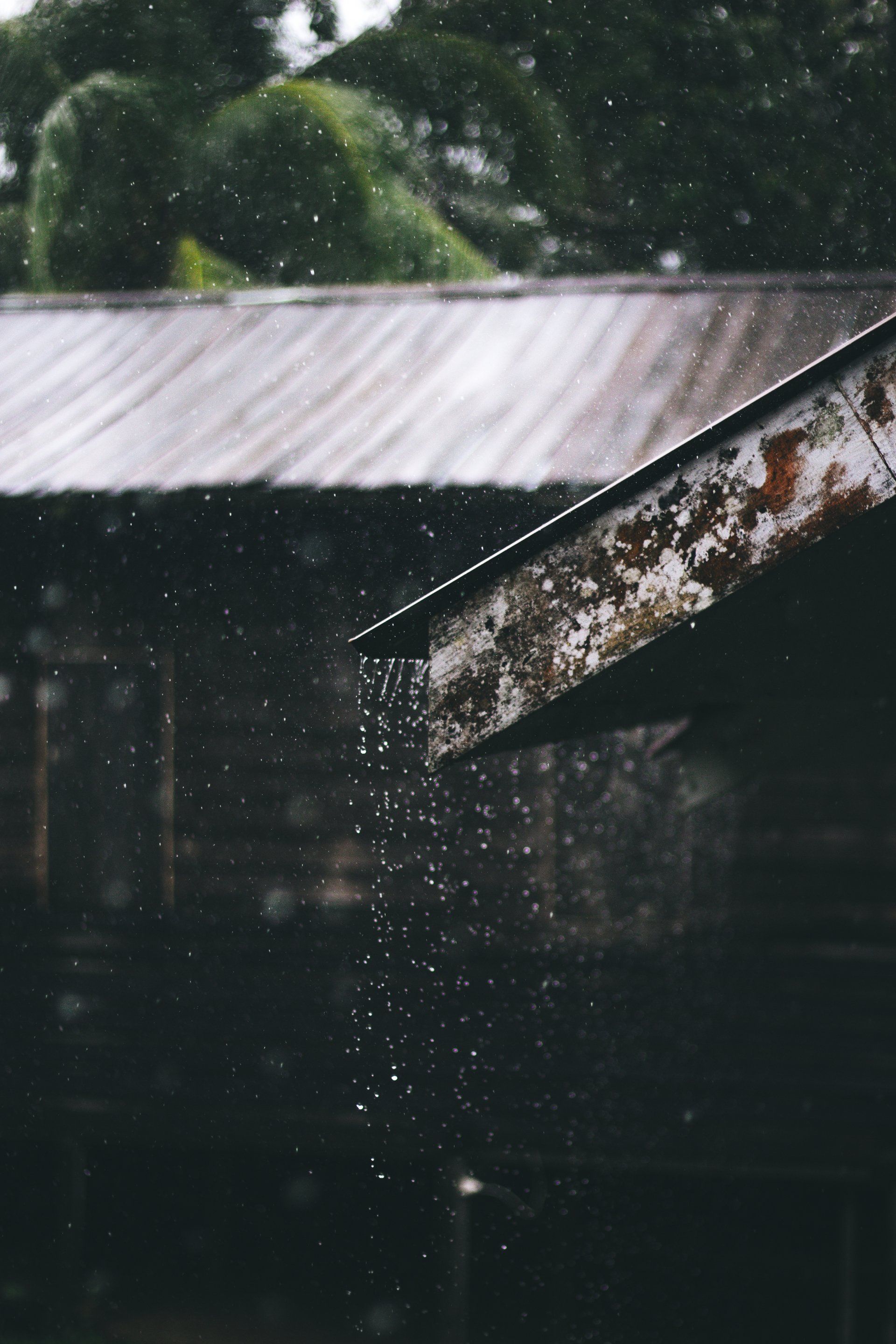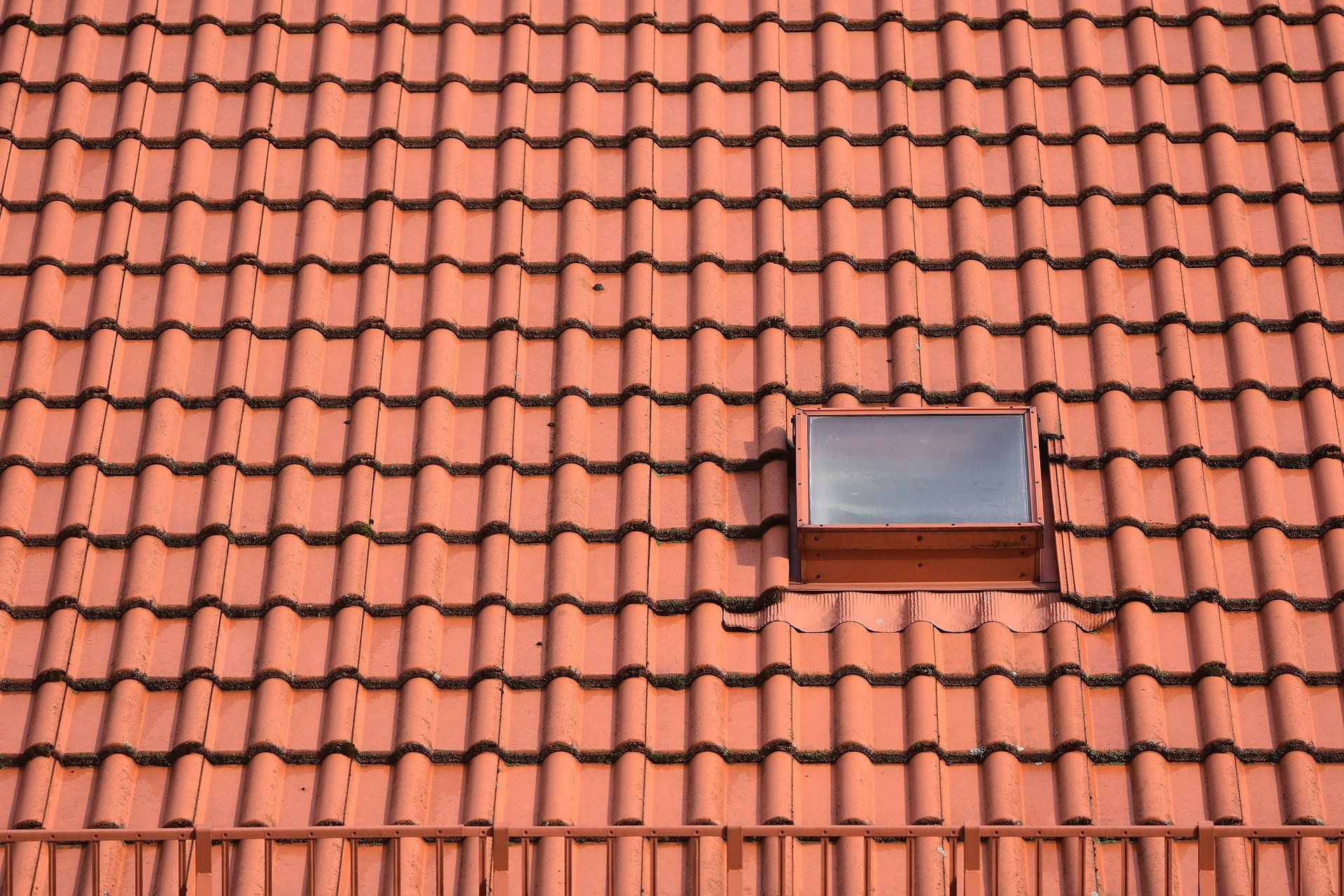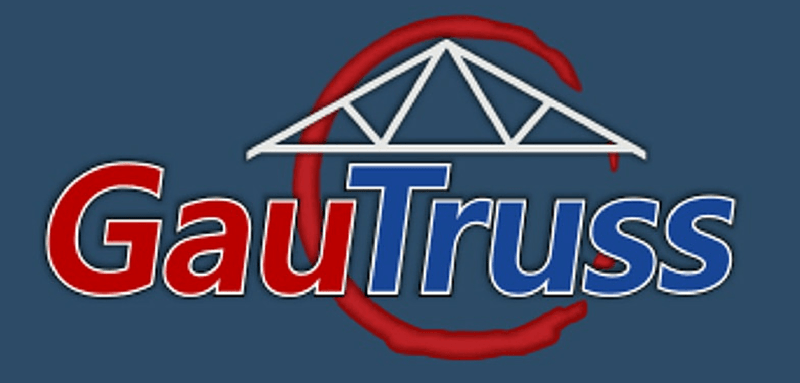Is Water Damaging Your Roofing?
With enough exposure to rain and hail your roof can begin to show signs of damage. No matter how great your roof trusses were manufactured, the elements can still have their way.
As such, there are a few ways in which water can damage your roofing. The benefit of catching the problems in your roofing early is that you can get it repaired so that major issues don’t arise.
This article will take a look at the 4 ways water can damage your roofing.
1. Cracks
The rain that falls on your roof today might not be the one that breaks everything apart. Sometimes with enough exposure to either water or heat from the sun, your roof can start to form cracks.
What this means is those existing openings have now formed a portal with which water can escape. With enough rainfall, these cracks will begin to leak and mould or mildew can begin to grow on your ceiling.
Another danger is electrical wiring being exposed to water inside your roof or home. This can cause the wiring to short circuit and cause sparks which may lead to fires.
2. Between The Roofing and Roof Deck
More often than not the water that leaks into your roof will get stuck in the outer layer of roofing. This means it won’t break through that layer and find itself in the house.
As mentioned above, mould and mildew can begin to form, and spread, on the roof decking which can lead to major health issues for those in the home.
The wood itself can begin to weaken with enough exposure to water which will cause structural issues in the roofing system.
A recommendation would be to have an annual roof inspection done to ensure any damages or potential dangers are spotted.
3. Rust
Rust is a major issue when it comes to the high amount of water during a rainstorm. Rusty nails begin to occur and this can lead to structural implications.
This also includes the loosening of roofing shingles which over time can become an issue, especially during a windstorm.
4. Your Insulation Is Affected
When water travels through your roofing it can begin to affect the insulation in your roof, wall and other ceilings of your building structure.
The issue here is that wet insulation gets mouldy, and above this, fibreglass and cellulose insulation is ineffective when wet.
By the way, fibreglass and cellulose insulation are the two most common forms of insulation.
Water will begin to destroy the insulation over time, which will lead to less energy efficiency in the insulation itself.
Contact Gautruss Today
Contact Gautruss today for expert design, manufacture and erecting of roof trusses which ensure a high standard of structural integrity in your roof.


Business Hours:
- Mon - Thu
- -
- Friday
- -
- Sat - Sun
- Closed
All Rights Reserved | Gautruss | Privacy Policy
